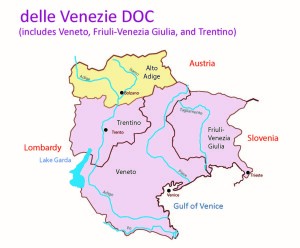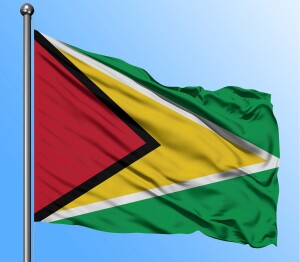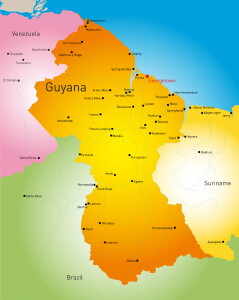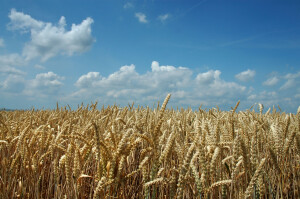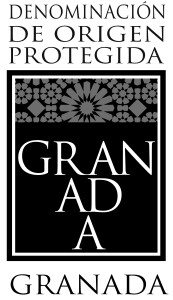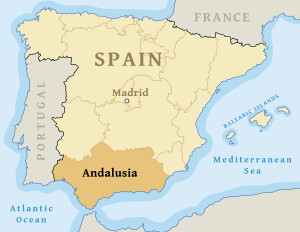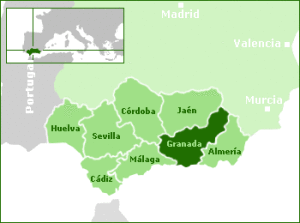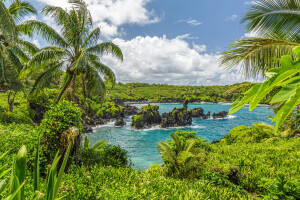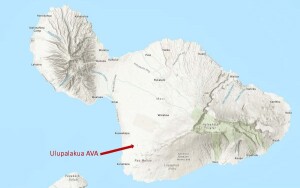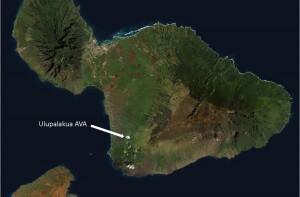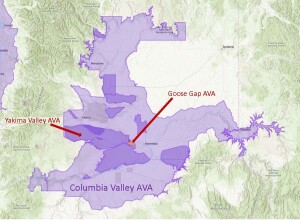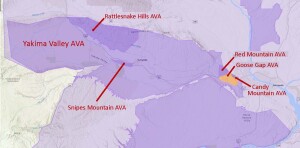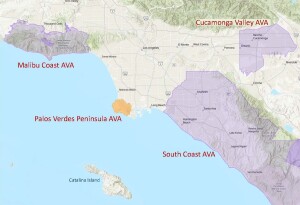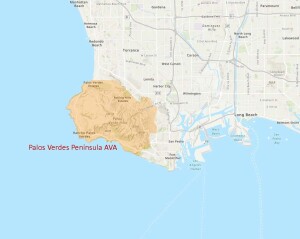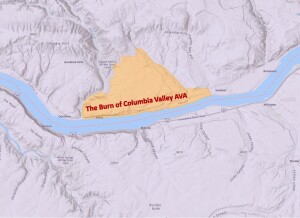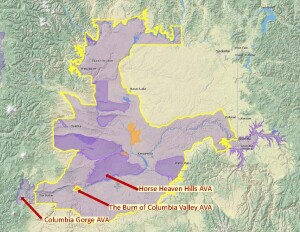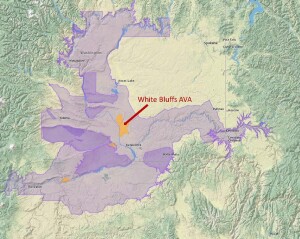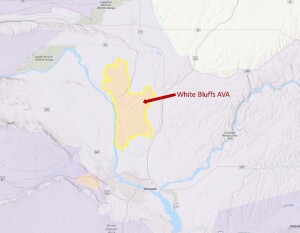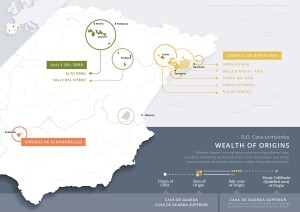Dispatch from the delle Venezie DOC! The Disciplinare di Produzione for the delle Venezie DOC has been updated to allow for the production of rosato (rosé) and ramato styles of wine based on the Pinot Grigio grape.
As you may have guessed, there is a bit more to the story!
Winemakers in the northeast of Italy (namely Friuli-Venezia Giulia. Veneto, and the Trentino-Alto Adige) have successfully grown Pinot Grigio—brought to the region via France where it is known as Pinot Gris—for hundreds of years.
The area’s Pinot Grigio is typically produced as a dry, crisp, easy-to-love and fruity white wine with a light yellow(ish) color. This style of wine is enormously popular; so much so that a multi-regional DOC area—the delle Venezie DOC—was created in 2017 to grant these delightful wines a bit of the respect they deserve and allow varietally-labeled Pinot Grigio from Veneto Region, Friuli-Venezia Giulia Region, and the Trentino Province to wear the DOC label. (Sparkling Pinot Grigio and white wine blends—bianco—based around Pinot Grigio, Chardonnay, Pinot Bianco, Muller Thurgau, Garganega, Verduzzo, and/or Tocai Friulano are also approved for production under the delle Venezie DOC.)
Despite the popularity of the fresh-and-fruity style of Pinot Grigio, winemakers in Italy’s northeast have traditionally spun Pinot Grigio into other styles of wine as well. A light pink rosato/rosé is created by allowing the juice (post-crush) to macerate alongside the skins of the grey/pink hued grapes for a short period of time (such as 6 to 10 hour, or perhaps us to 24 hours). If the maceration on the skins is allowed to continue for a longer period of time—such as two weeks or more—the result can be a richly textured, copper-hued wine known a ramato—from the Italian word rame meaning copper.
The ramato style of wine production is believed to have originated in Friuli-Venezia Giulia. Pinot Grigio Ramato was quite popular up until the 1960s, when exports of the more widely recognized style of Pinot Grigio from Santa Margherita and other wineries exploded in popularity. However, some producers continued production of rosato and ramato styles of Pinot Grigio, and like so many traditional products in the world of food and wine…these traditional products are increasingly appreciated once again. The delle Venezie Consorzio—in partnership with the Centro di Ricerca Viticoltura ed Enologia (Research Center for Viticulture and Enology) in Conegliano—has supported these efforts via research into 17 different clones of Pinot Grigio in an effort to identify those most appropriate for use in rosato and ramato.
The recent update in the delle Venezie DOC regulations acknowledges the historic significance—and current appreciation of the Pinot Grigio Rosato and Pinot Grigio Ramato produced in Italy’s northeast. Time to raise a glass!
Note: the delle Venezie DOC is also known as Beneških Okolišev (in Slovenian).
References/for more information:
- delle Venezie DOC – disciplinare 2021
- Offcial Journal of Italy-July 2021-Update of delle Venezie DOC
- https://dellevenezie.it/en/
- Doc delle Venezie studies “in pink”, and rediscovers the coppery and rosy winemaking of Pinot Grigio – WineNews
Post authored by Jane A. Nickles…your blog administrator: jnickles@societyofwineeducators.org

